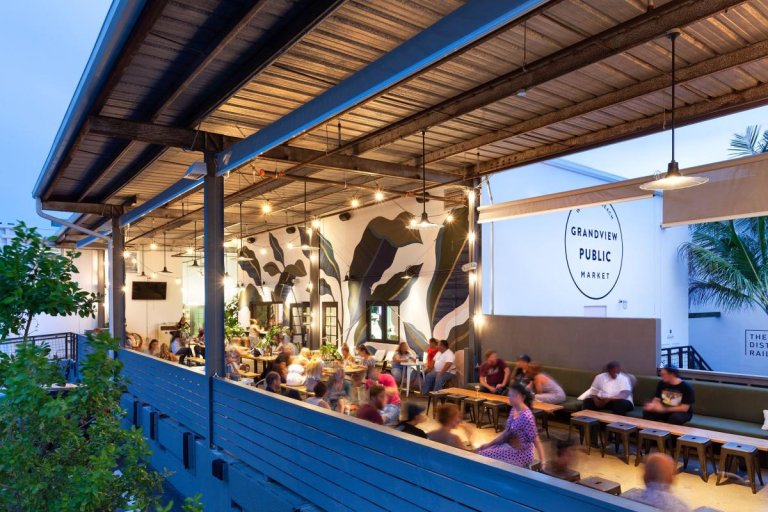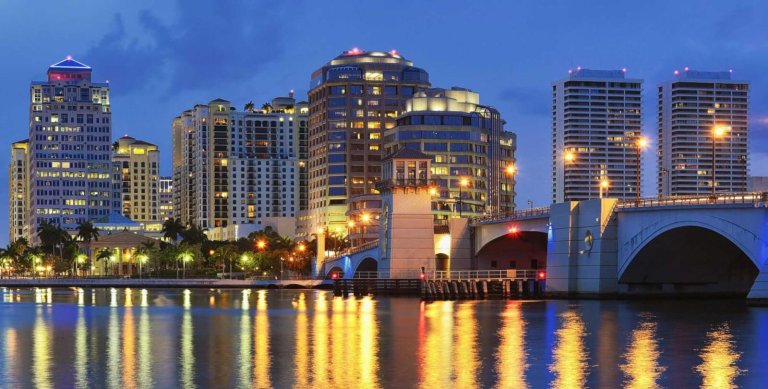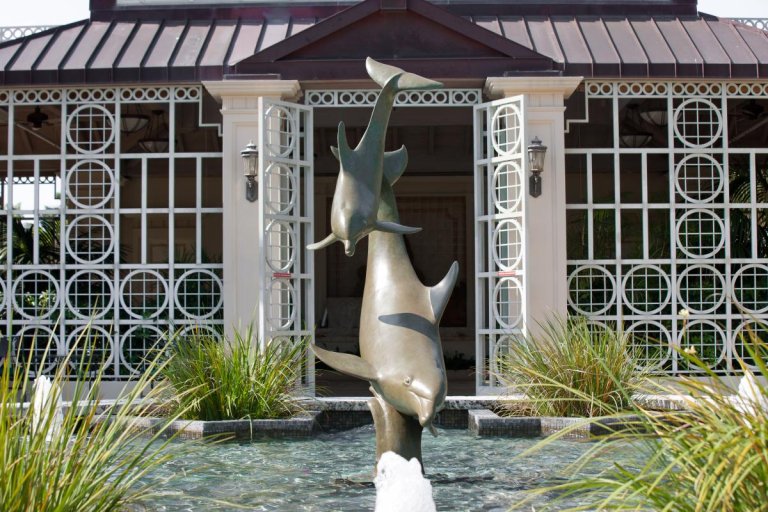
Live Music
Live Music

Pulling back the curtain on an iconic performing arts center
The heart of a community can be found in its culture, with the town music hall or playhouse as a popular place where people share the experience of music, dance and theater. Now in its third decade of existence, The Raymond F. Kravis Center for The Performing Arts has been center stage for The Palm Beaches’ performing arts community. Filling the need for a truly world-class performing arts center in West Palm Beach, the building provides a venue fit for the finest musical, dance and dramatic acts. The building’s domed rooflines and gleaming glass façade are unique and beautiful, and as eye-catching as the day it opened in 1992.
A building with as much history as the Kravis Center has a wealth of little-known facts. Here’s a list of 5 “secrets” few know about The Palm Beaches’ dazzling performing arts “jewel.”
Palm Beach County’s notable community and the area’s wonderful climate has drawn acts from around the globe. For the decades before the Kravis Center’s construction, many big acts played in the municipal auditorium in West Palm Beach. The auditorium, built in the mid 1960’s, has a huge conical roof, similar to a teepee. The building also had a reputation for leaking in heavy rain, so it was dubbed “the leaky teepee.” Despite the title, many great acts of all types flocked there, from symphonies to rock and roll shows. Some of the biggest artists of the day encouraged the construction of a better performance venue and lent their support to a hall like The Kravis Center. Despite the leaks, the distinctive auditorium still stands, now privately owned by a religious organization.
The center is the first great landmark seen while approaching downtown, a gleaming gatekeeper to the heart of West Palm Beach. This perfect location makes it easy to assume this was the Kravis Center’s original planned home. In reality, the project moved several times before final construction. The center was first slated for a town park just north of downtown and along the waterfront. When problems forced a change in plans, a location several miles south at Palm Beach State College was selected. Ground was broken there, but before construction began, a legal issue forced one more move. The third try proved to be a charm, with the Kravis Center being built along Okeechobee Boulevard on what was an old baseball field. That is where the building now stands, welcoming all visitors to downtown West Palm Beach and Palm Beach beyond.
There is more than one stage at the Kravis Center. There are several custom designed halls, designed for special audiences. First, The Alexander W. Dreyfoos, Jr. Concert Hall can seat 2,195 people, and boasts 90,000 square feet of space. The intimate 300-seat Marshall E. Rinker, Sr. Playhouse supports small shows and concerts, and the 300-seat Helen K. Persson Hall is a flexible venue able to accommodate cabaret style shows as well as intimate discussion and demonstrations. While these smaller halls are available for rental by qualified non-profit, arts-related groups, other parts of the larger Cohen Pavilion can be used for events and meetings of every type.
The Kravis Center has always been a venue where the best of traditional design is combined with state of the art technology. The George W. Mergens Memorial Organ is a perfect example, a one-of-a-kind, $1.5 million-dollar organ capable of digitally recreating the sound of the finest pipe organs in the world.
A gift from original Kravis Center Board of Directors member Alex W. Dreyfoos, Jr. the organ has five manuals, 200 stops and 96 audio channels. It has nearly 300 high-definition sound samples taken from 35 American pipe organs and the biggest sound system the instrument’s builders have ever installed. The fully digital instrument can enhance sounds in a way no traditional organ can, delivering performances that are truly memorable.
The Kravis Center was built on the site of an old baseball facility in West Palm Beach called Connie Mack Field. Connie Mack was a baseball Hall of Fame inductee and manager. The field served as spring training camp for the Philadelphia Athletics and St. Louis Browns. Visitors saw the greatest names of baseball play – Babe Ruth, Lew Gehrig, Jackie Robinson, Joe DiMaggio and Mickey Mantle among them. While the field has been replaced by the Kravis Center, there is a commemorative plaque on the grounds that marks the very spot where Mack Field’s home plate once rested. A unique landmark of style and culture, The Kravis Center stands ready to bring the finest of world-class performances to The Palm Beaches and its visitors. You can add the Kravis Center to your Vacation by using our automated itinerary builder.

Live Music

Unforgettable Meetings & Between-the-Sessions Experiences…

Looking for a meeting space in South Florida? Palm…

Palm Beach County Convention Center and More Beautifully…

Explore the Artistic Side of The Palm Beaches From…

The Ultimate Guide to Theaters and Playhouses in The…
Browse lodging options in the one, the only, the Palm Beaches and discover America's First Resort Destination in sunny South Florida.